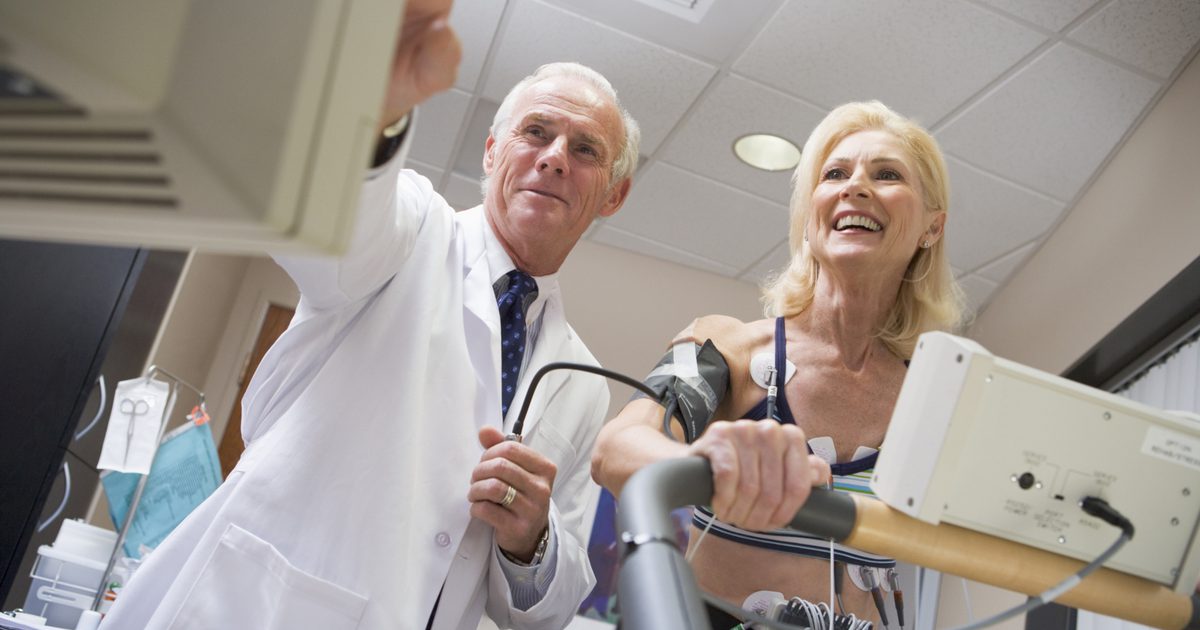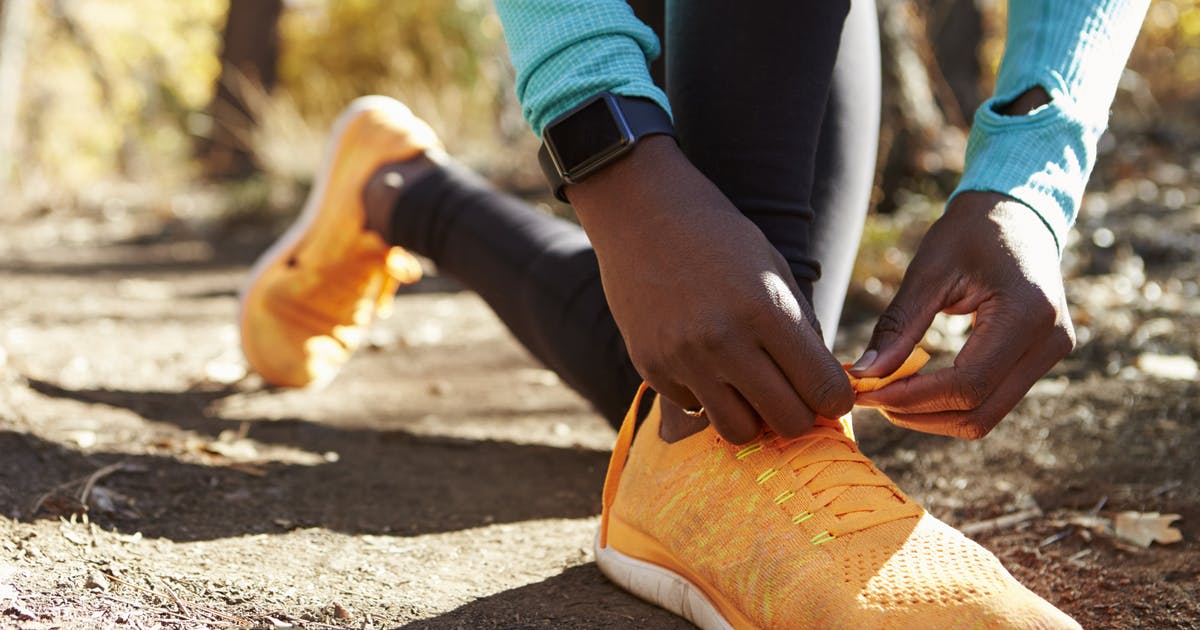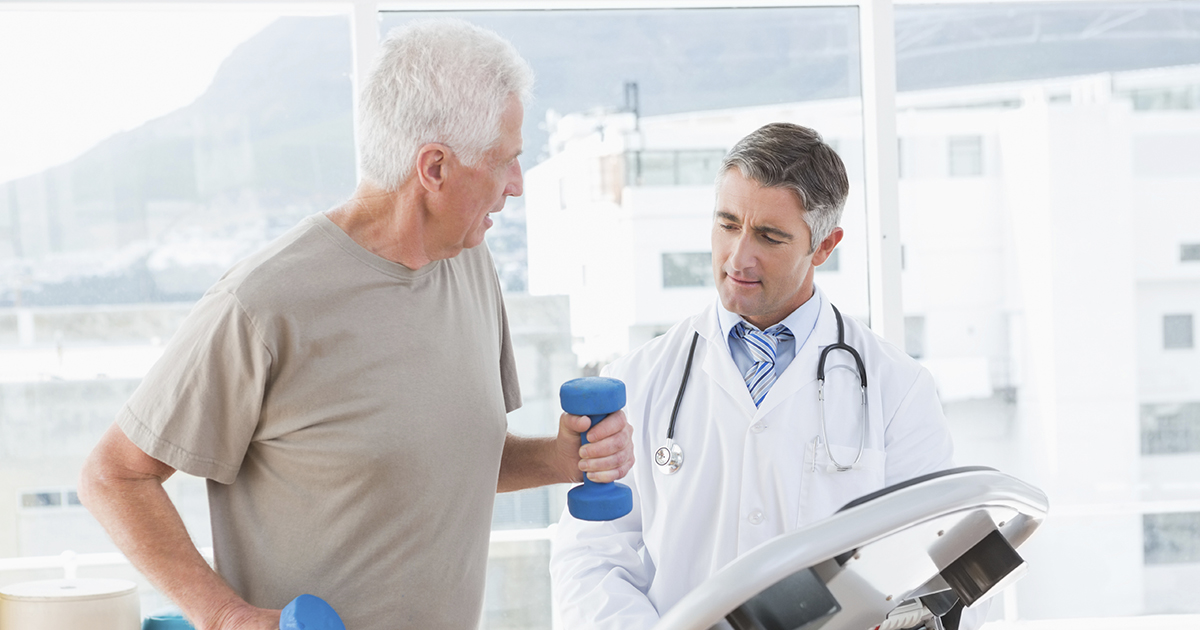Ways To Treat And Prevent Dyspnea
Running out of breath is normal, and it can affect anyone regardless of their age, health, or even level of fitness. Breathlessness, also known as dyspnea, is a natural response by the body when it needs more oxygen and energy to power their muscles. For instance, individuals can get out of breath when they run for a bus in the morning or when they go hiking at high altitudes.
However, some individuals experience dyspnea every day even when they are not engaged in any physical activities. They unexpectedly experience discomfort when breathing, and may feel they have lost control of their breathing. These episodes of long-term breathlessness are referred to as chronic dyspnea, and it may last for weeks, months, and even years. Chronic dyspnea can be caused by illnesses such as pneumonia or asthma, panic attacks, cardiovascular diseases, or any other illness that interferes with an individual's airways. Individuals with chronic dyspnea may experience uncomfortable or painful rapid breathing, the feeling of being suffocated, or even chest tightness. Here are ways to manage and treat dyspnea.
Wear A Mask To Filter Irritants

Shortness of breath is closely linked to environmental irritants and exposure to allergic triggers such as molds, pollen, ragweed, dust mites, and animal dander. Irritants roaming in the air such as chemical fumes, extreme weather, and strong odors can also trigger dyspnea. Individuals with asthma are at the highest risk of experiencing breathlessness. Asthma is a chronic condition that affects an individual's breathing, including the lungs and the bronchial tubes. Most of these substances irritate the lining of the bronchial tubes causing them to narrow, hampering the free exchange of air.
Dyspnea caused by environmental irritants can be minor and unnoticeable, or it can be severe and interfere with daily activities. In some cases, the breathlessness can lead to a life-threatening attack. If air pollution and airborne chemicals are causing breathlessness, patients can wear masks to filter irritants. Keeping the workplace well-ventilated can also help in managing dyspnea.
Learn more about how to treat and prevent cases of dyspnea now.
Consume A Healthy Diet

We all know eating unhealthy foods such as those low in nutrients and high in calories like processed foods and fast foods can cause obesity and weight gain. These foods are usually rich in refined carbohydrates, saturated fat, and sodium, which causes diabetes, cancer, and cardiovascular problems. But eating unhealthy foods can have even more surprising ramifications. Recent studies have shown unhealthy diets can affect the health of an individual's lungs and consuming a healthy diet that includes more fruits and vegetables can help ease an individual's breathing.
Individuals with dyspnea often suffer from inflamed airways that make breathing difficult. The airways become swollen, and the damage may be irreversible. Failure to breath freely can affect daily activities, and it can also be life-threatening. Fortunately, fruits and vegetables are rich in fiber and antioxidants that can fight the inflammation in airways. When choosing fruits and vegetables, individuals should avoid those known to produce excess gas in the body. A healthy diet for the lungs should include plenty of water, whole cereals, fish, complex carbohydrates, and poultry products.
Continue reading for more tips on treating and preventing dyspnea now.
Cardiac Rehabilitation

Individuals with severe cases of dyspnea need to undergo cardiac rehabilitation to help them resume their normal lives. Cardiac rehabilitation refers to a medically supervised program designed for individuals who have experienced heart failure, a heart attack, or heart surgery. Doctors may also recommend cardiac rehabilitation for patients with acute dyspnea.
Studies have found cardiac rehabilitation can help men and women of all ages and individuals with mild, moderate, and severe heart problems. The program includes physical activity, education about healthy living, and counseling to help relieve stress and improve mental health. Cardiac rehabilitation exercises offer many benefits, including strengthening the body and heart after a heart attack or failure and also relieving symptoms such as chest pain. These programs can also help patients build healthier habits such as eating healthy diets, quitting smoking, and increasing physical activity. Individuals can undertake this program at a hospital, rehabilitation center, or at home.
Get the details on how to prevent and treat dyspnea now.
Get Regular Exercise

Being active can help strengthen muscles and enhance an individual's overall fitness. Avoiding exercises that cause breathlessness can cause muscles to become weaker. The trick for combating dyspnea is to get regular exercise even when breathing becomes difficult. But how does regular exercise combat shortness of breath?
One way exercising affects breathing is by increasing the individual's lung capacity as they draw more air. Secondly, exercising helps the body cope with oxygen demand by transporting more oxygen to the muscles. Also, exercises can help individuals maintain a good posture that strengthens their muscles and opens their lungs, allowing them to breathe freely. Breathlessness can also cause individuals to slouch, which prevents air from getting into their lungs. Getting regular exercises will help build core strength, encourage individuals to keep their spine straight and chest open, thus boosting the amount of air reaching their lungs.
Exercises can also be extremely beneficial to older individuals with breathing difficulties. With age, the lungs become less elastic, which reduces their ability to draw air into the body. The circulatory system also weakens making individuals more liable to experience dyspnea. Although exercises cannot reverse aging, they can help improve lung capacity and elasticity, thus promoting healthy air circulation.
Uncover more information on treating and preventing dyspnea now.
Pulmonary Rehabilitation

Pulmonary rehabilitation refers to a medically supervised program designed to help individuals with acute breathing problems such as idiopathic pulmonary fibrosis, cystic fibrosis, and chronic obstructive pulmonary disease. Pulmonary rehabilitation is a long-term strategy that can help improve the quality of life for patients with lung disease. It is often used alongside surgical and medical therapies for easing breathing problems.
The rehabilitation is offered by a multidisciplinary team of health providers that include nurses, doctors, physical therapists, dietitians, psychologists, counselors, respiratory therapists, and social workers. The program usually involves exercises, education, nutritional counseling, and training on breathing techniques that can help manage symptoms. Undergoing the rehabilitation program can improve physical strength and even reduce the need for frequent hospital visits.